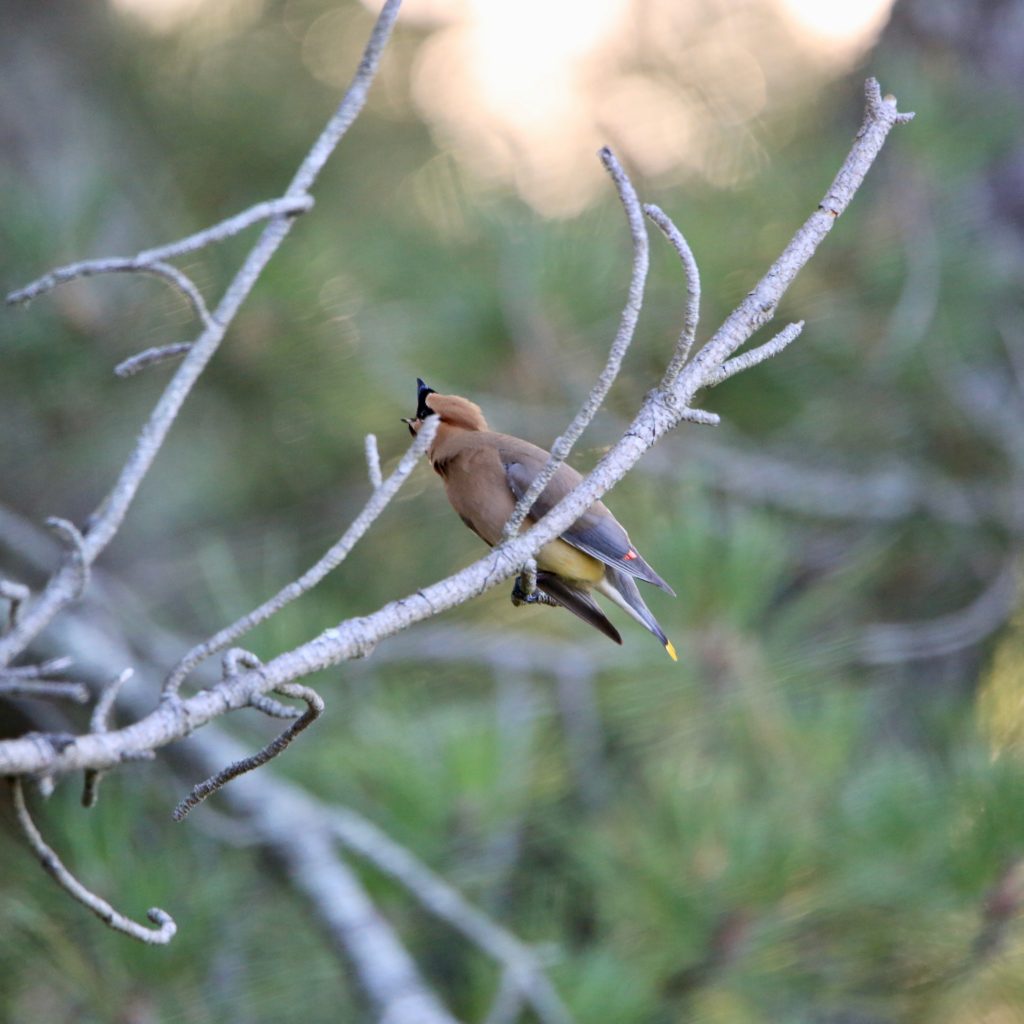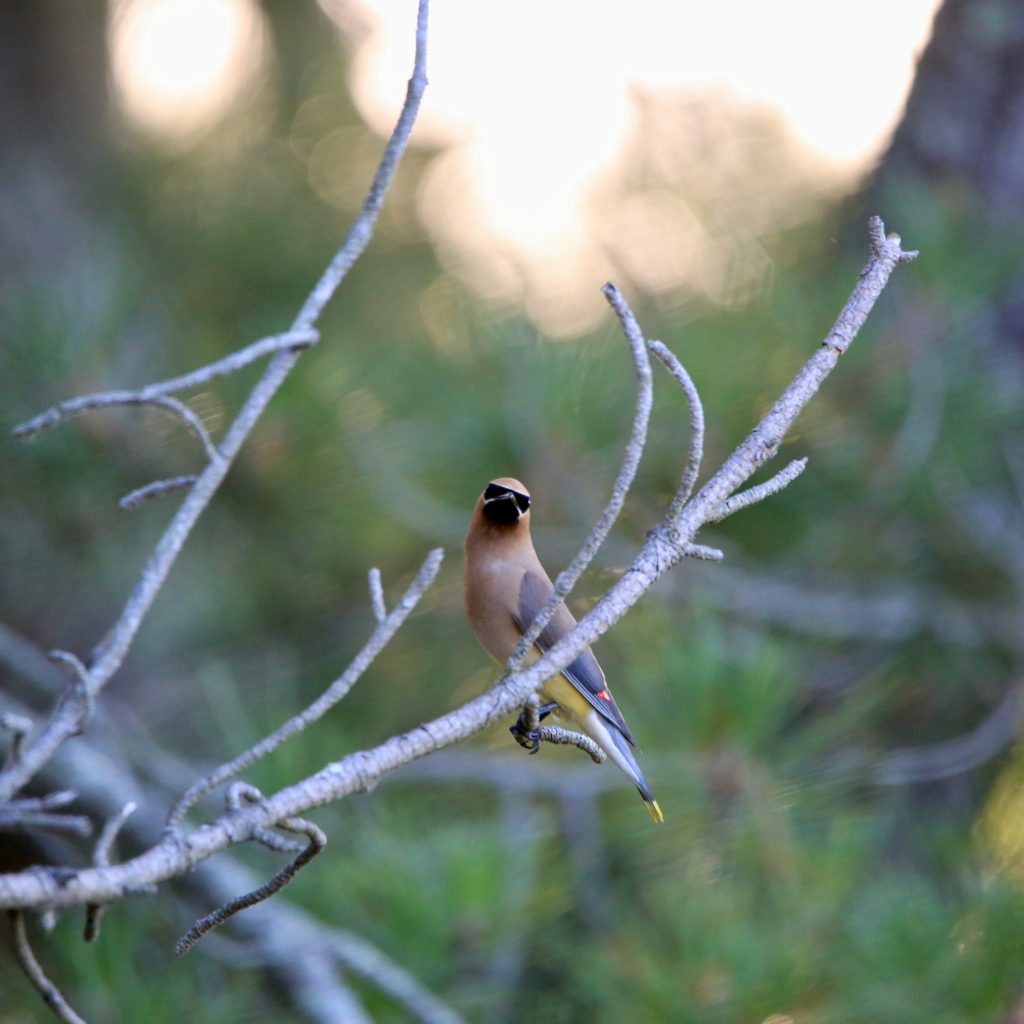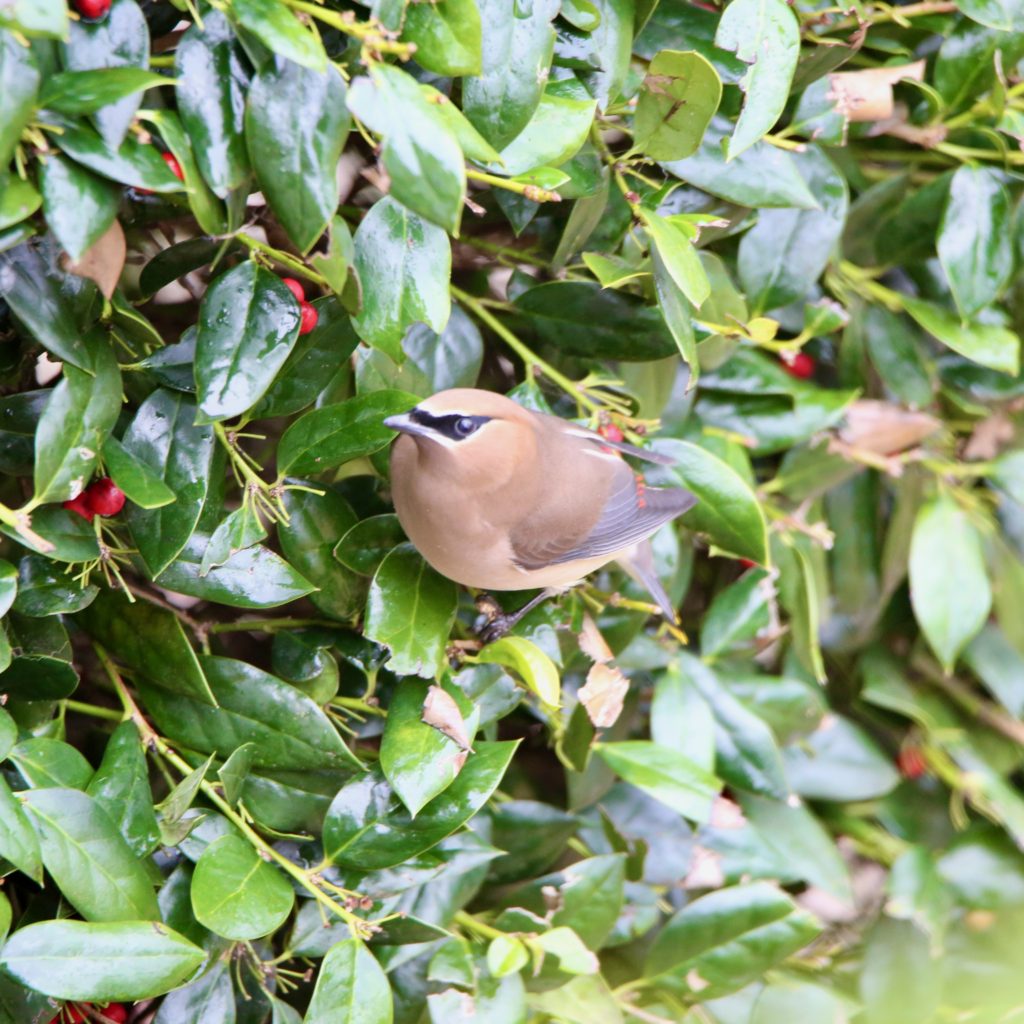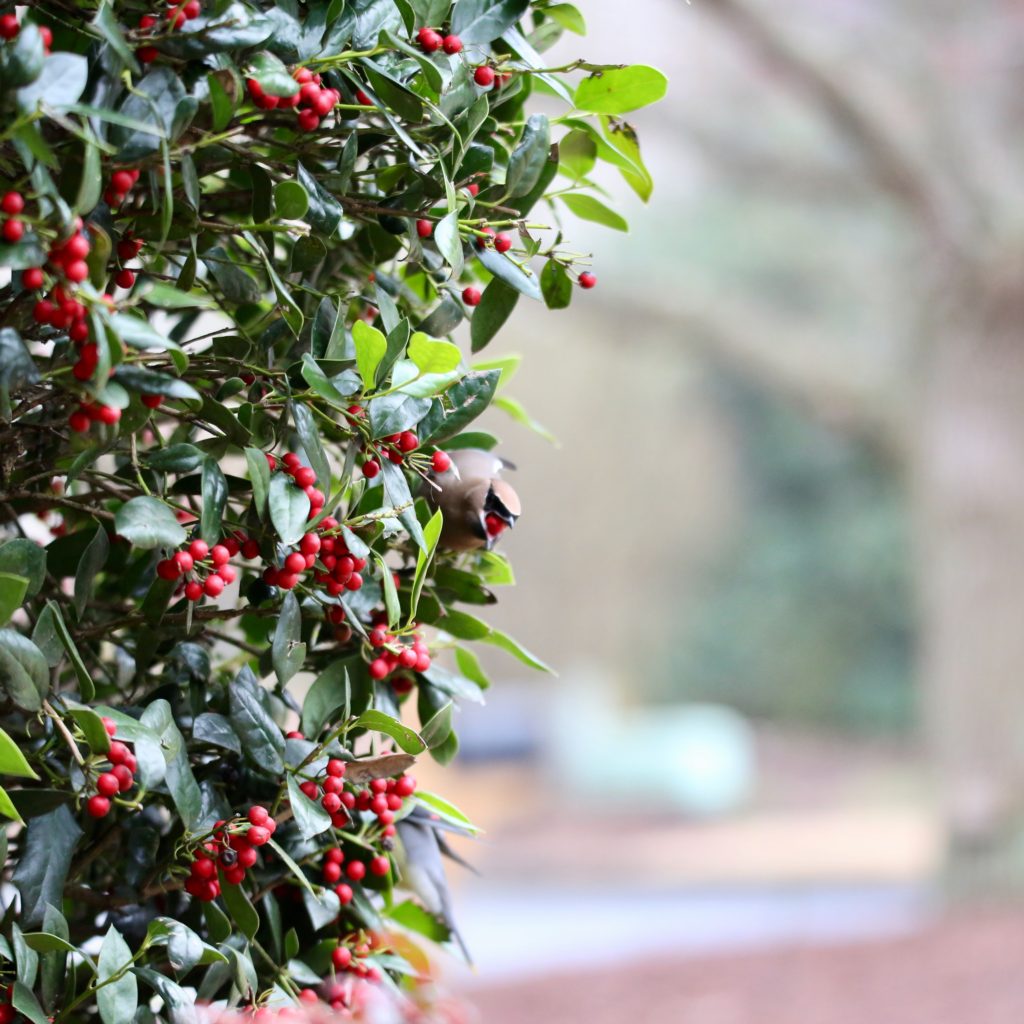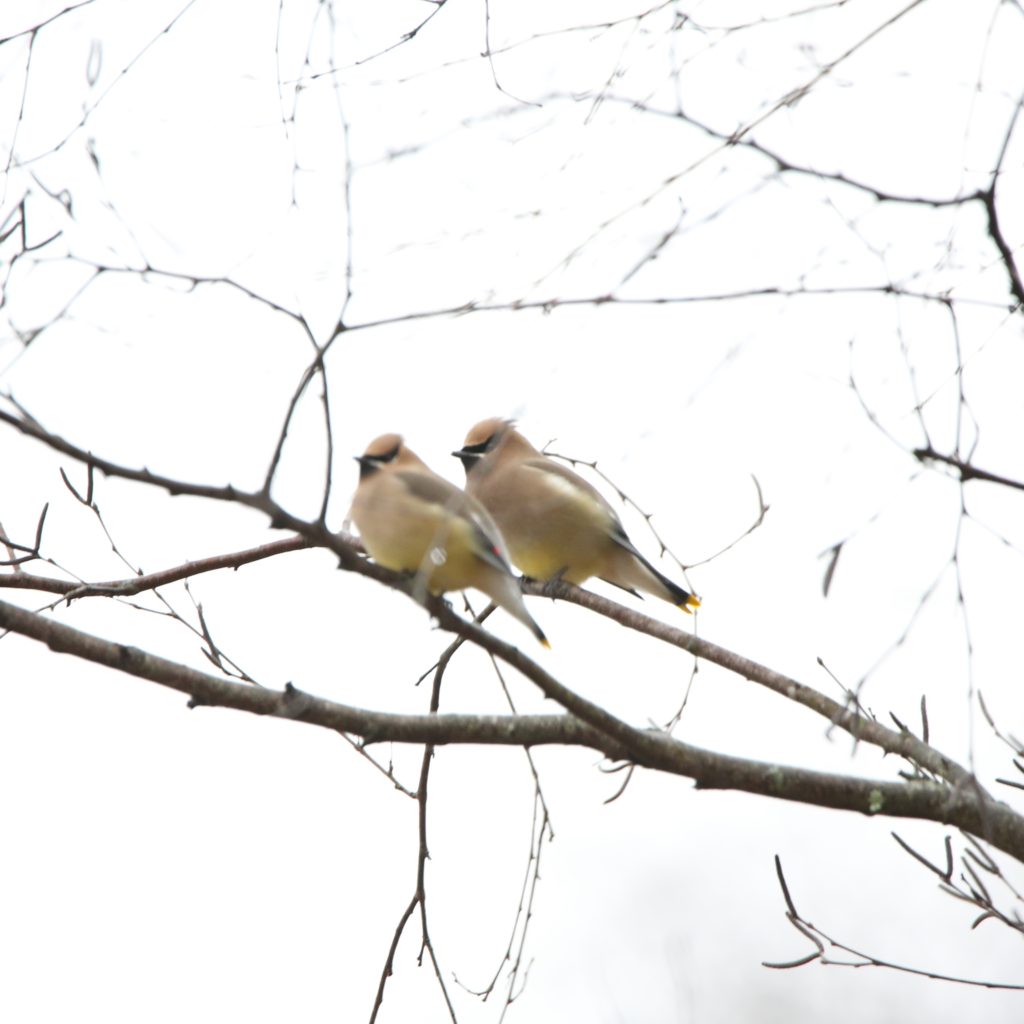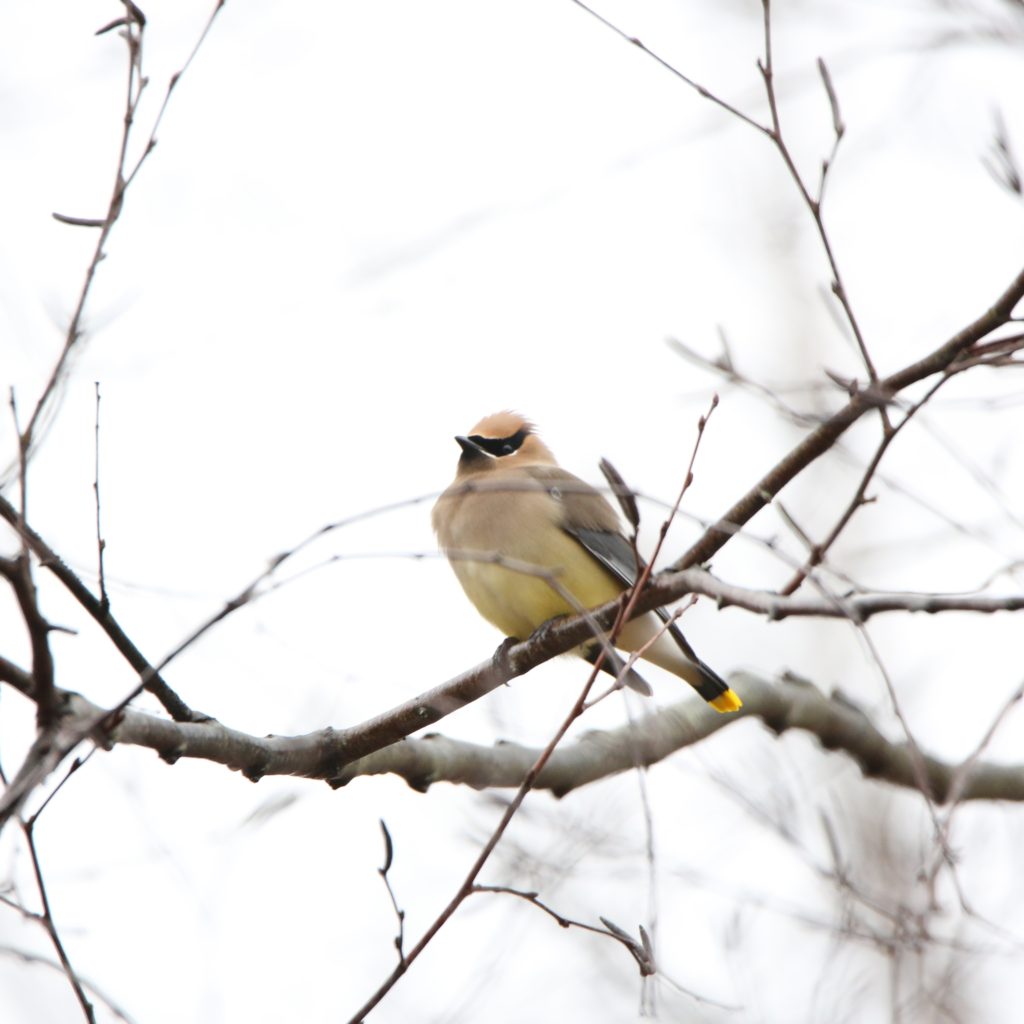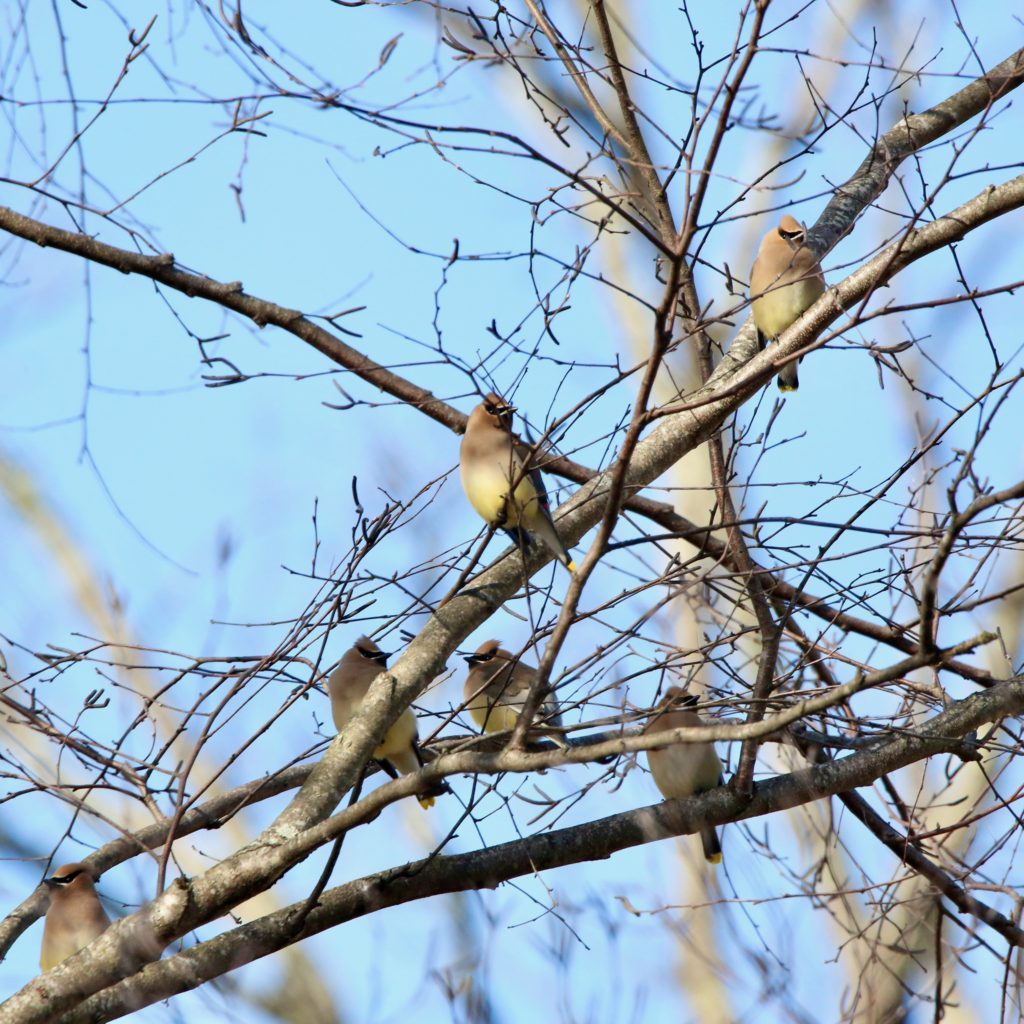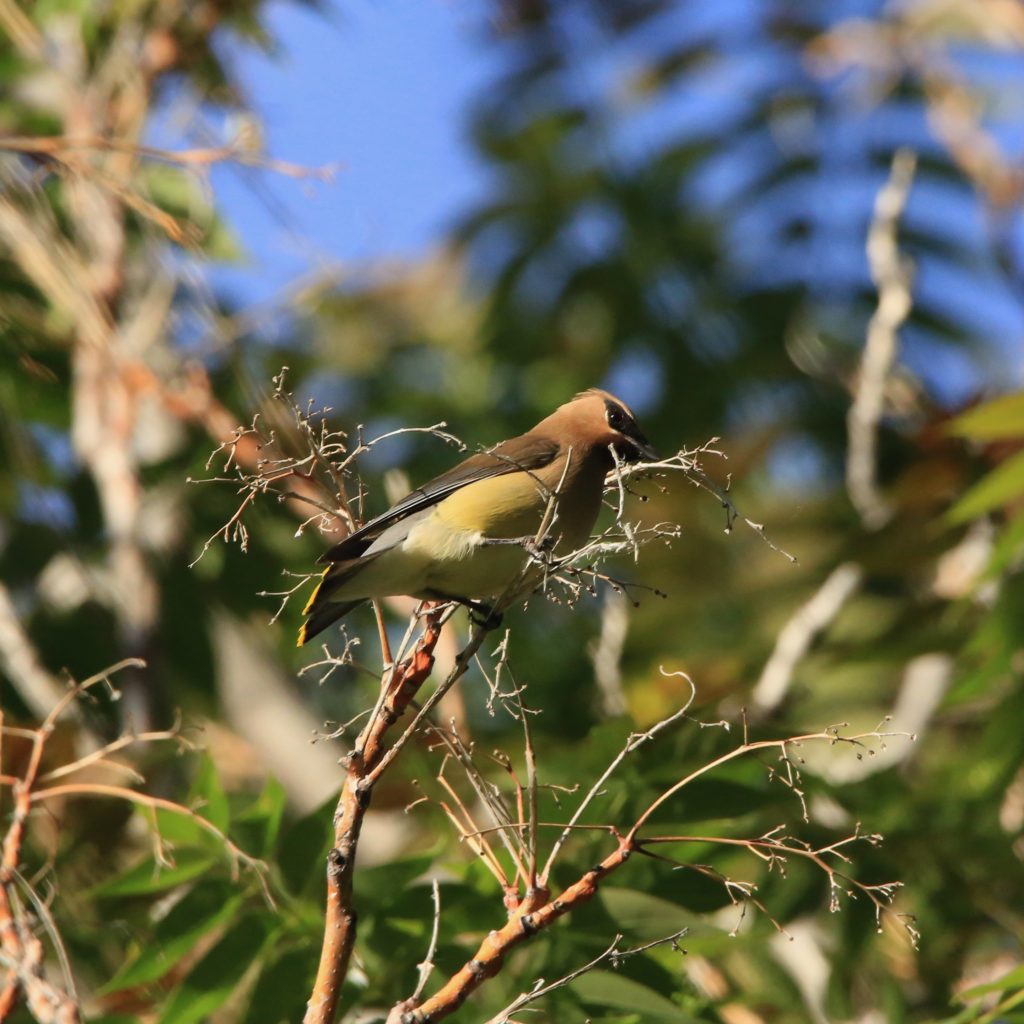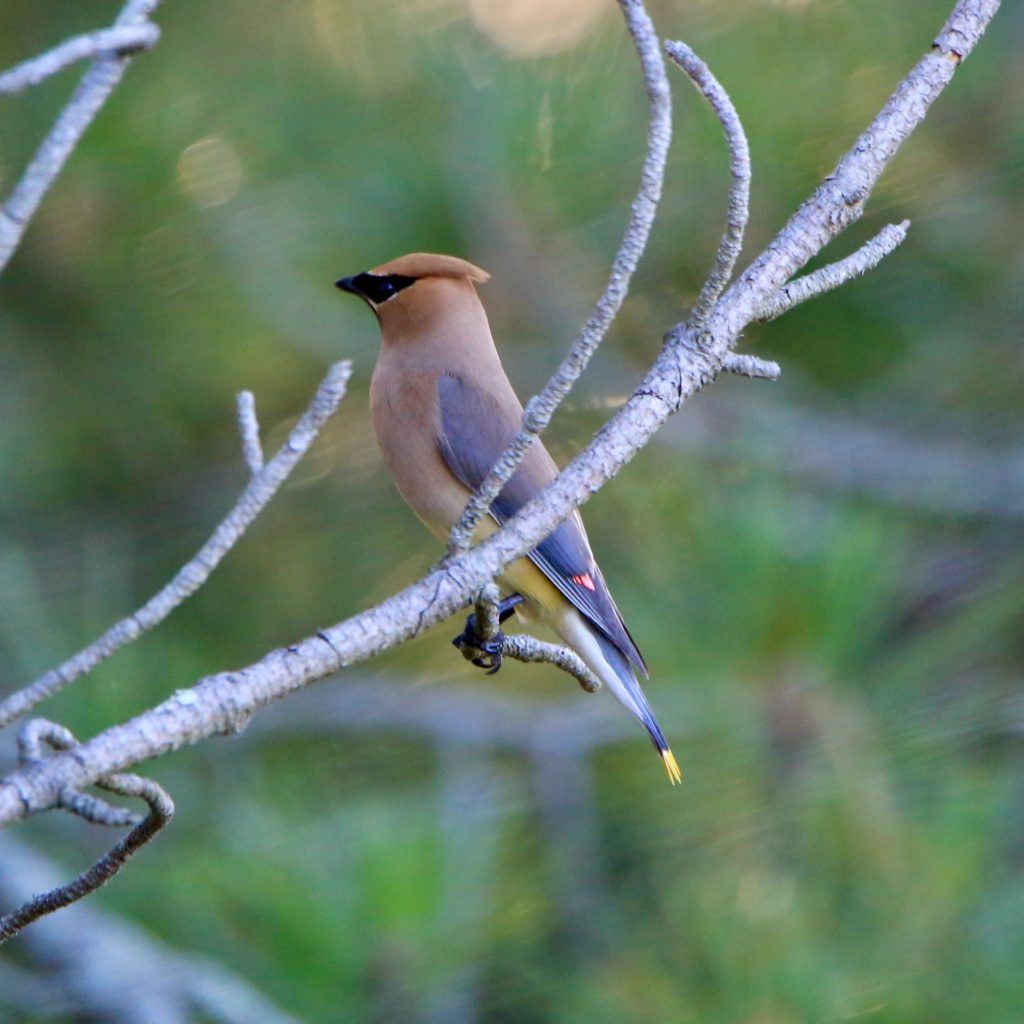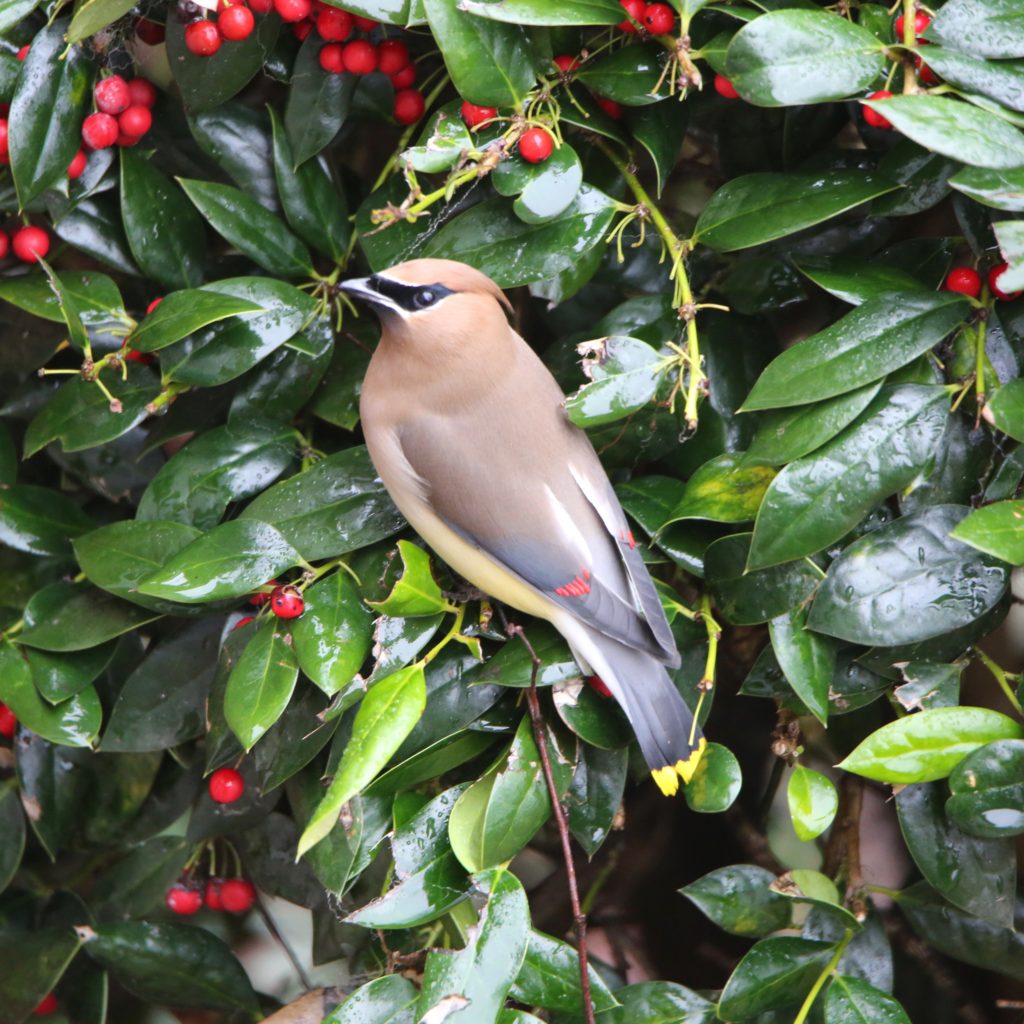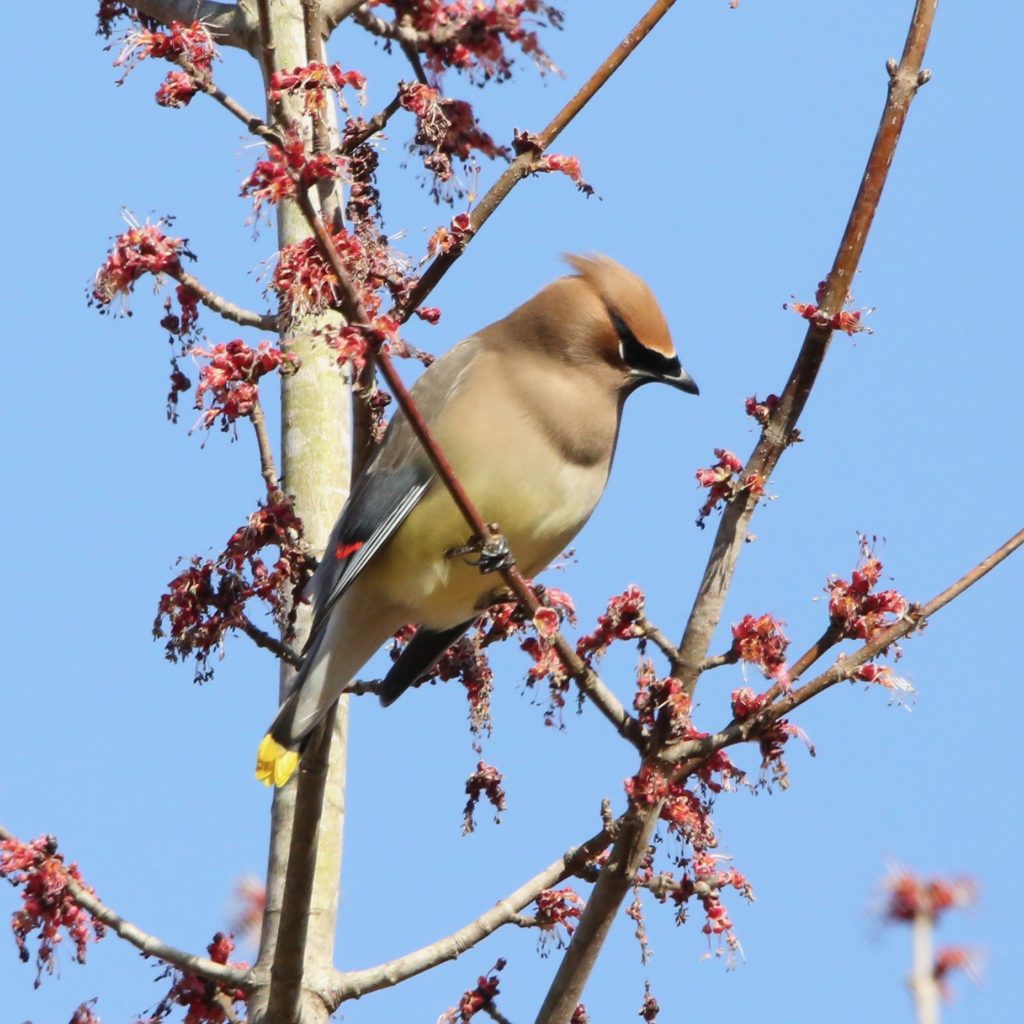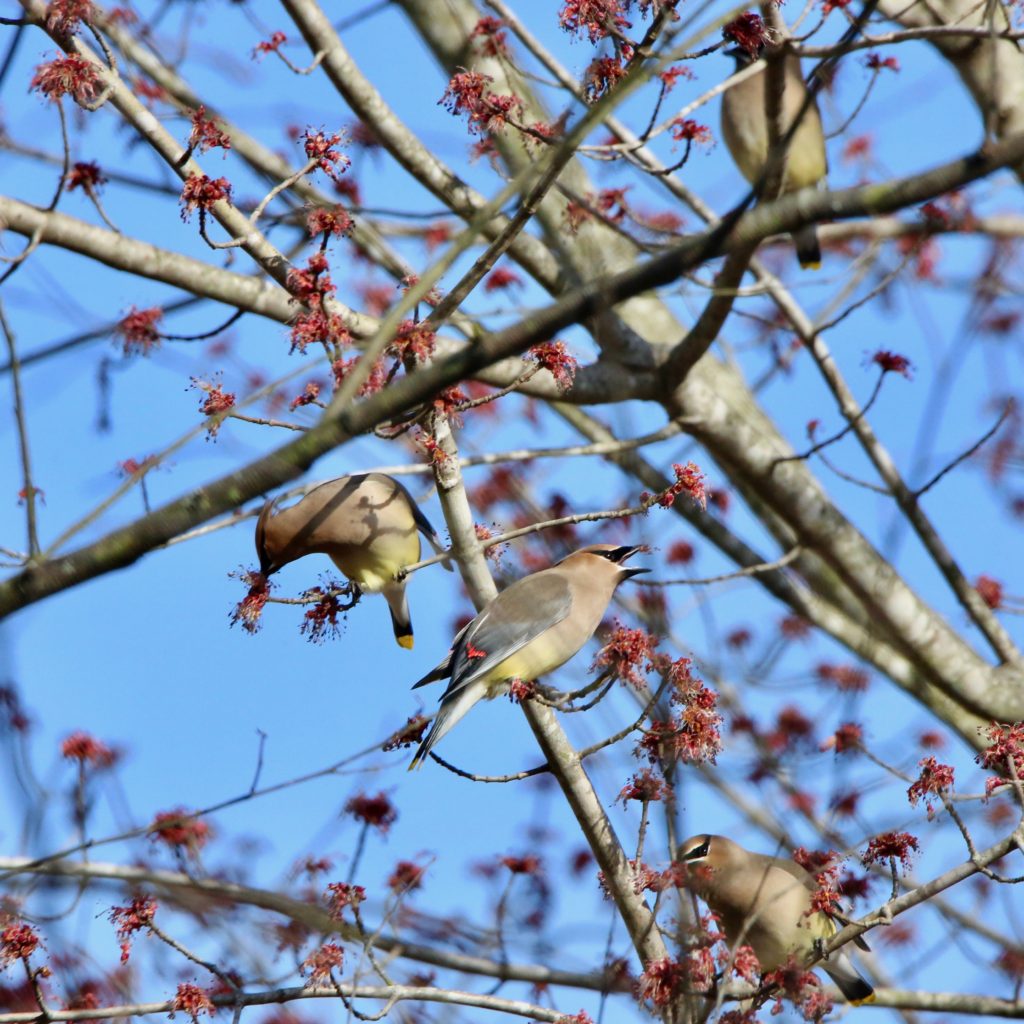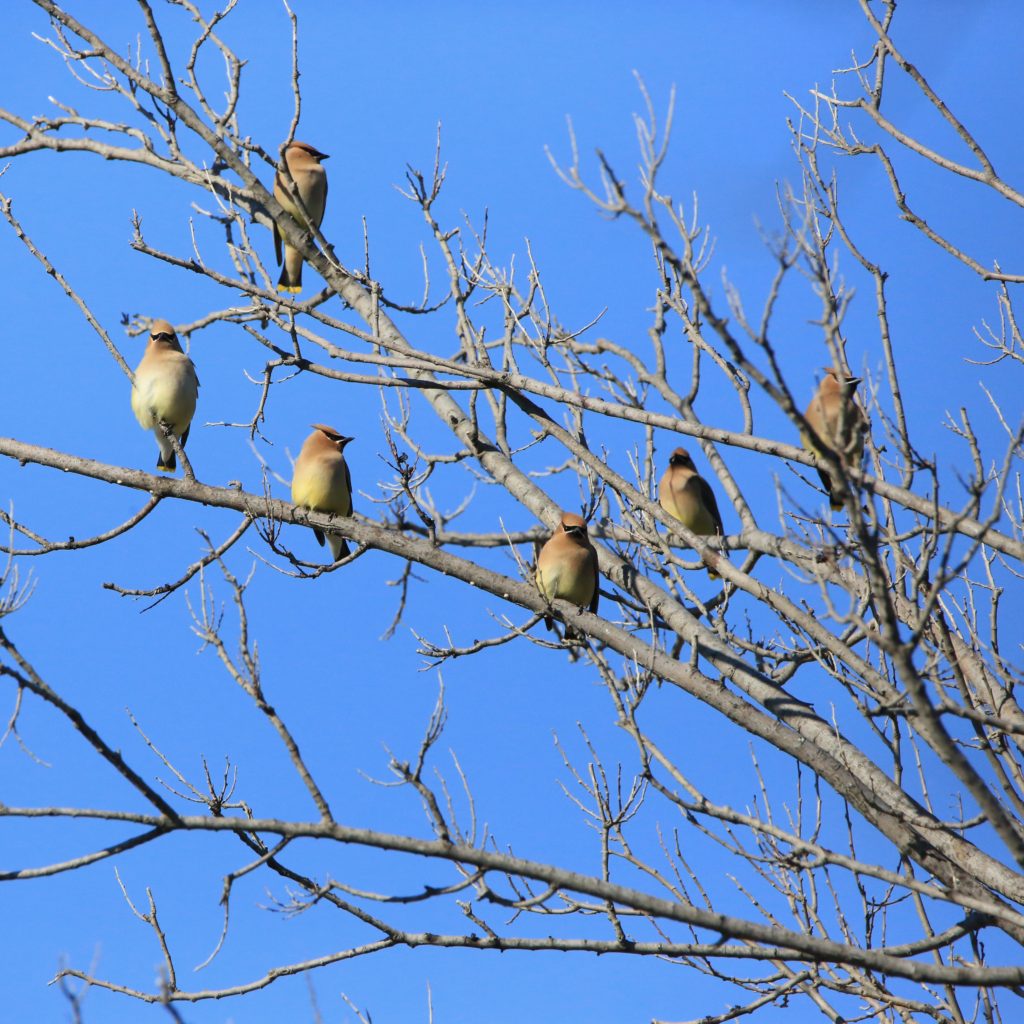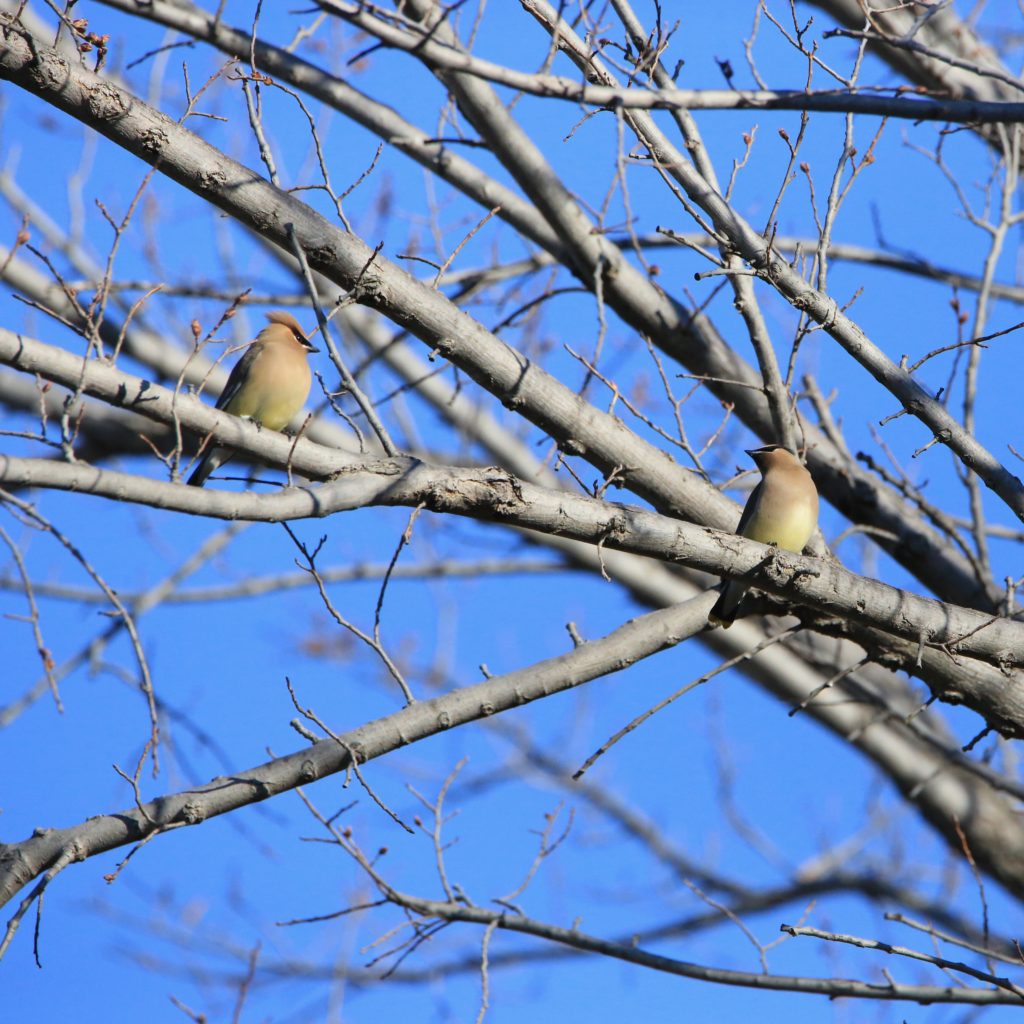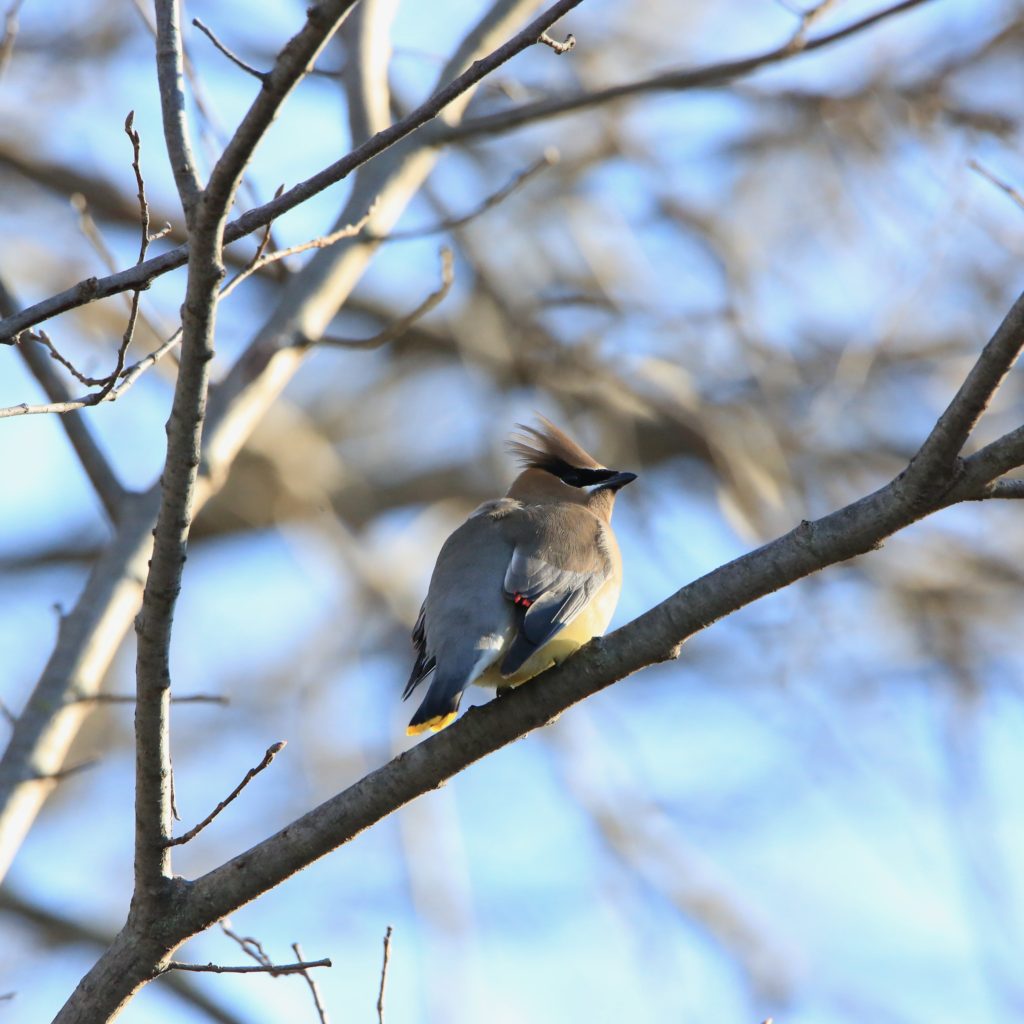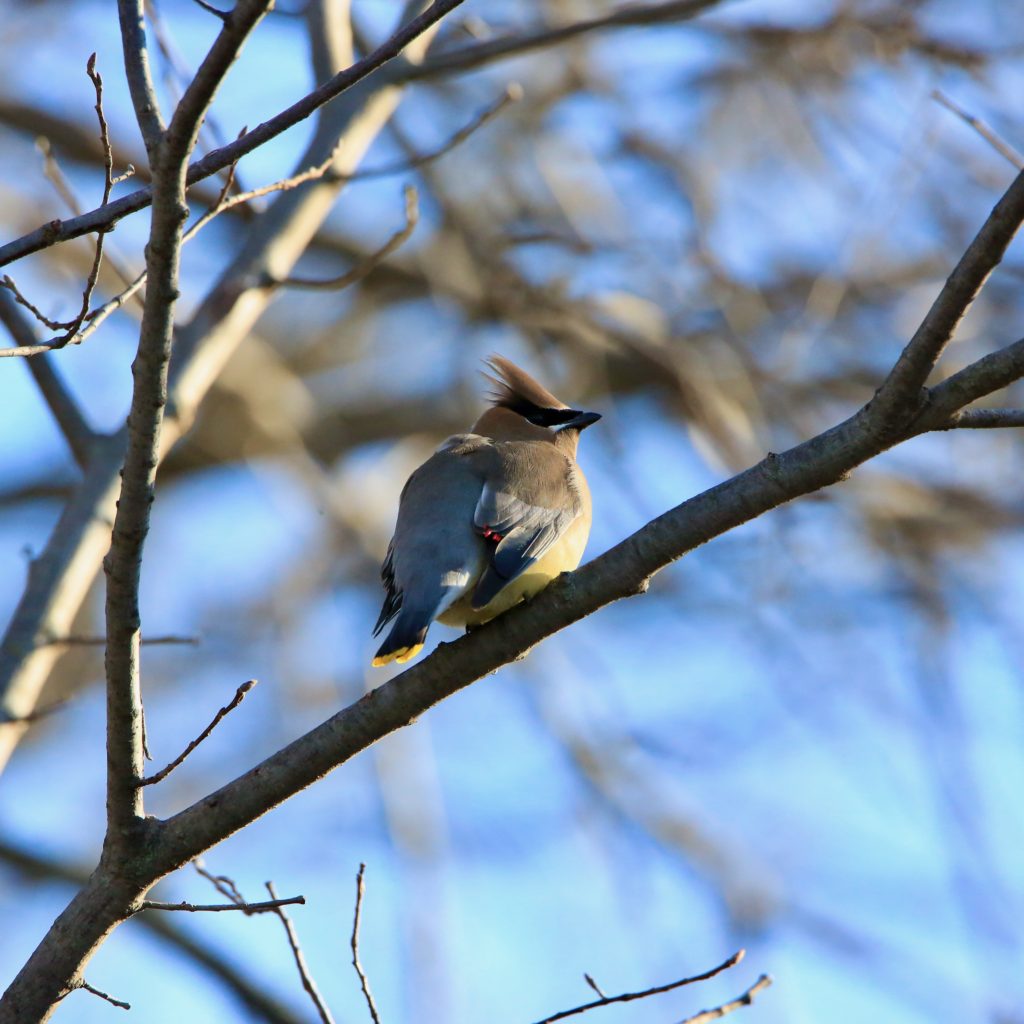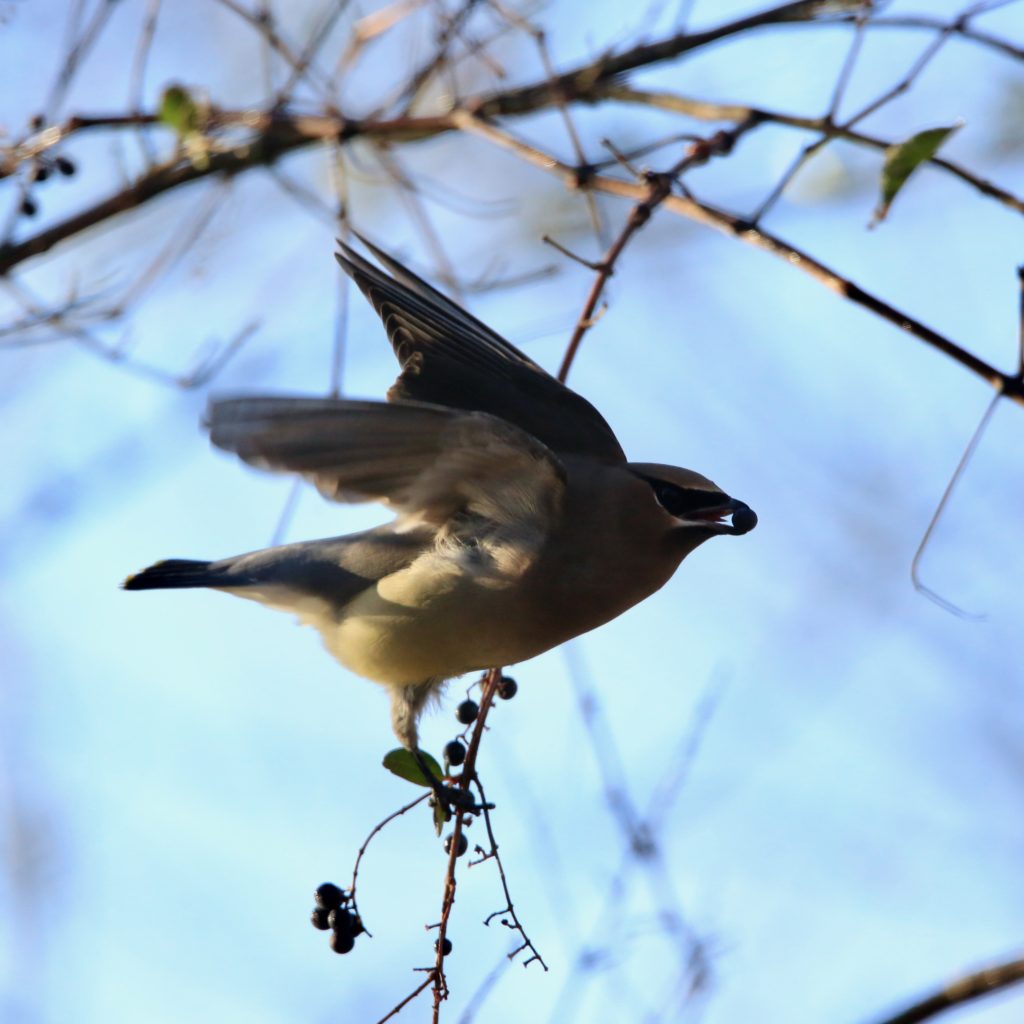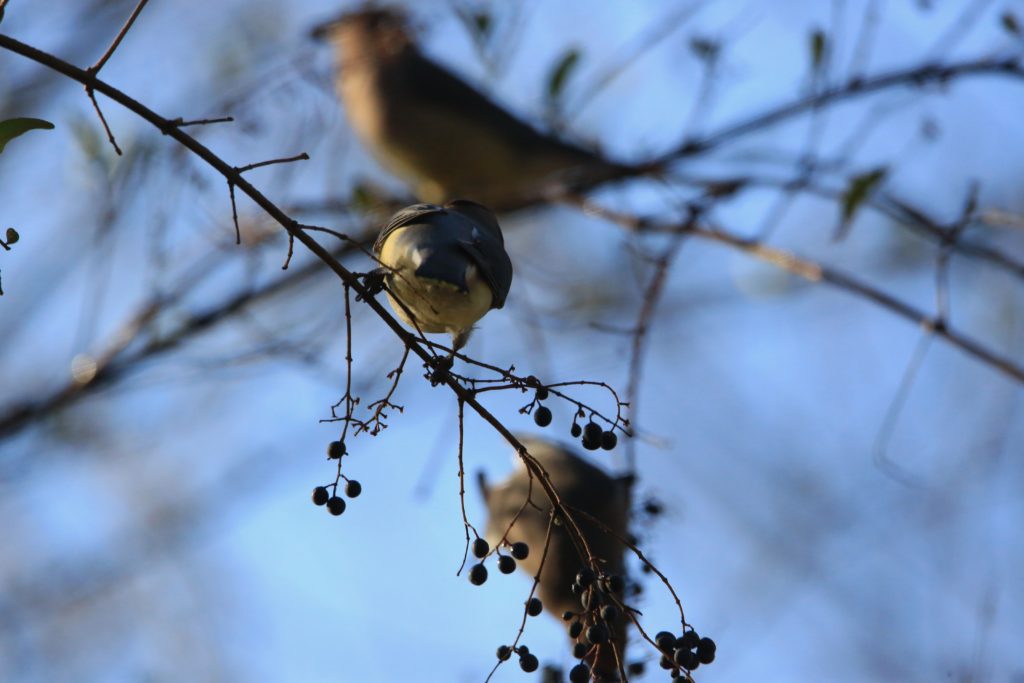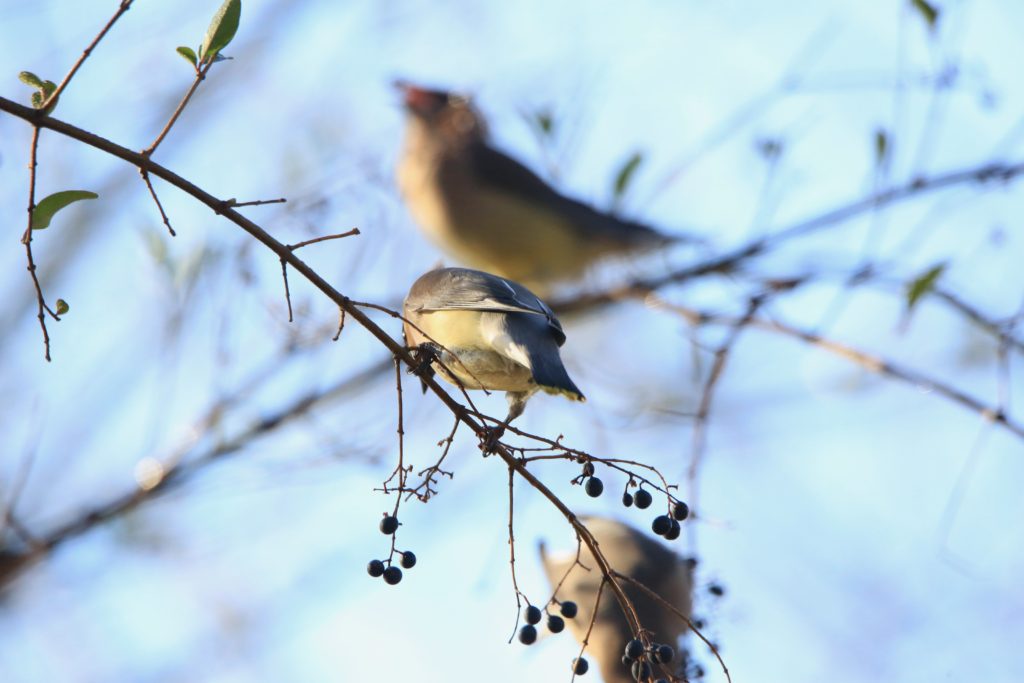
Cedar Waxwing
A Cedar Waxwing is a fun bird to see while bird watching. Below are some tips to help you identify Cedar Waxwings. We have also put together a list of fun Cedar Waxwing t-shirts, Cedar Waxwing bird patches, bird houses, bird feeders, binoculars, stickers and other fun bird watching items.
About Cedar Waxwings
The Cedar Waxwing is a native of North and Central America. The bird was named for its wax-like wing tip and can be seen breeding in the wooded areas of southern Canada. During winter, they are spotted in the southern half of United States, Central America and the far northwest of South America. Their local numbers vary widely although their overall population is holding up well and even increasing.
Description and Identification
Cedar Waxwings are known for their distinctive high-pitched calls and can be found easily in the berry bushes, along the banks of rivers and lakes. At first glance, they might seem similar to Starlings but the feature that sets apart the two species is the red waxy substance on its second set of feathers. The crested species of birds have a bold brown or grey color on their heads which fades into a light shade of yellow when it reaches their bellies. Another unique feature is the streak of yellow on the tip of its tail. They also have a black mask-like design on their eyes outlined with white color.
Cedar Waxwings Color Pattern
The bird is a silky, shiny collection of mid-brown on the upper parts of the body, gray towards the tip of the wings and tail, white under the wings and the tail and lemon-yellow towards the furthest tip of the tail. They also have a brilliant-red wax droplet on their wing feathers.
Cedar Waxwings Size
It is a medium-sized bird weighing at about 30g and grows to a full length of between 15 and 18 cm. To support their body weight during flight, they require a wingspan of about 15 to 20 cm.
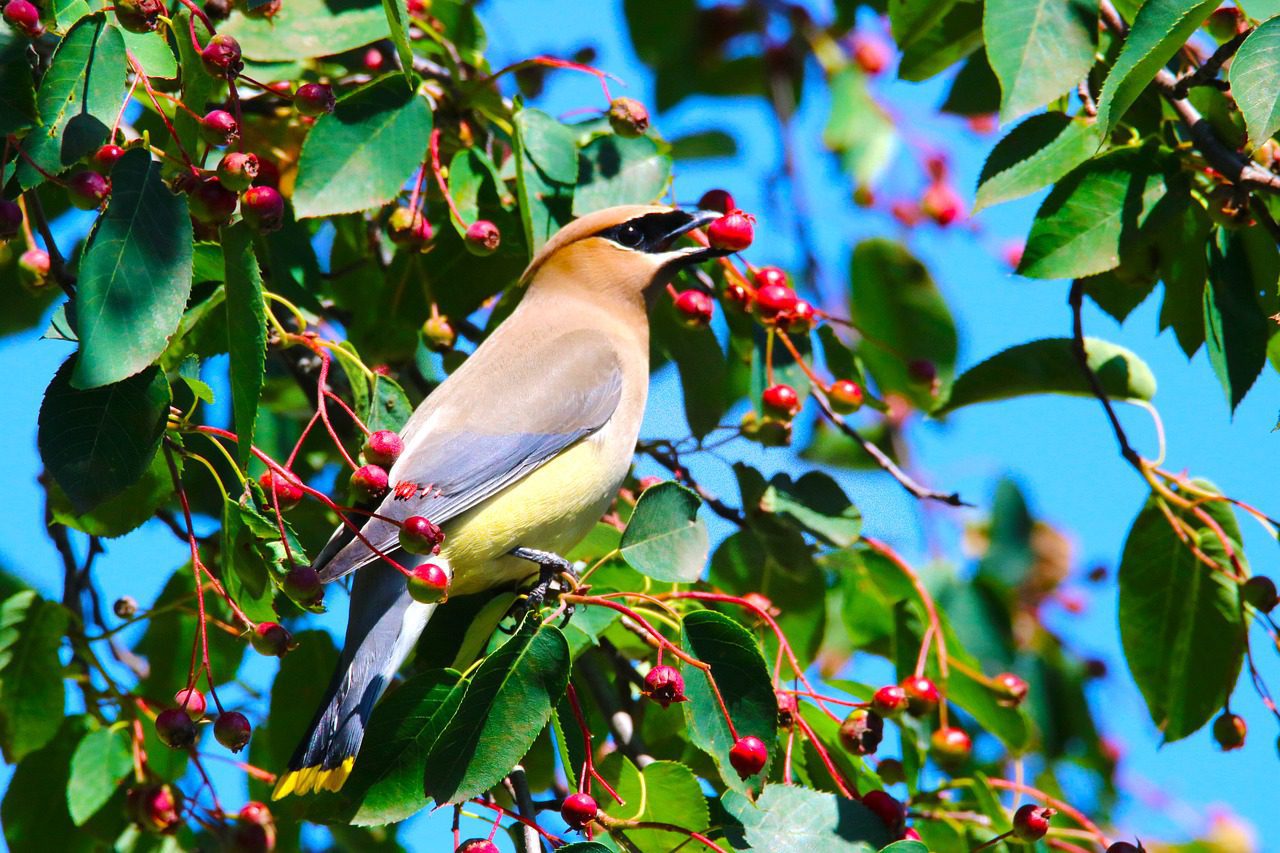
Cedar Waxwings Behavior
Cedar flocks are seen in flocks all year round. They often groom one another and are nonterritorial birds. They move from place to place depending on the availability of berries. The male does a hopping dance for the female during mating season and if she is interested, she will hop back. Courtship is quite interesting as the couple perch together and pass a small object to one another back and forth.
What Cedar Waxwing Eat and Their Food
Berries are the most favored mood of Cedar Waxwings, so much so that they even chart their migration course in search of these berries. Other fruits are also eaten by them including winterberry, cedar, and such. Even though they eat berries and fruits all year round, they sometimes move to insects like caterpillars, bugs, and flies. The juveniles are given small insects like ants and are only allowed to eat fruits after quite some time. Sometimes these birds consume overripe fruits which lead to intoxication and in some cases, death.
They mainly survive on fruit. They mostly eat berries and insects. The berries are commonly juniper, dogwood, and wild cherries while the insects are caterpillars, beetles, and ants. Sometimes, they will eat some flowers and drink oozing sap.
Where Cedar Waxwings Live and Their Habitat
The ideal location for these birds is near the edge of forests or anywhere near a source of berries. The Cedar Waxwings inhabit regions like evergreen forests, parks, gardens, open lands, and edges of swamps. They tend to keep clear of the central parts of forests and nest at the edges depending on the availability of berries. These birds take into account the abundance of water supply too before settling and are sure to be found near farms and overgrown fields. Waxwings move as large groups during winter to such locations with the promise of a large supply of berries. Cedar Waxwings can be spotted easily on fruiting trees near your locations.
The Cedar Waxwing will be found in areas with a lot of fruit especially near small fruit orchards, open woodlands, and towns. Their breeding habitat is influenced by the availability of fruiting trees and shrubs.
Range and Migration

One can easily find Cedar Waxwings in North America and Central America. These birds are nomads that prefer to follow no traditional way of migration and rather focus on the availability of food during the harsh weather. They use the scarcity of food as a hint for the approaching cold weather. Cedar Waxwings are known to be short migrants and long migrants too. Some of them prefer to stick to the southern part of America while others go to the lengths of Panama to get sanctuary. Populations that tend to breed during the warm weather are most likely to be found in places ranging from Canada to Maine.
Nesting
Mating season starts during the end of spring and the birds use small sites and defend it as their territory which allows other birds to make their nests nearby. The nests are made by the female Cedar Waxwings with the help of the males and take almost 5 or 6 days to complete the whole process. The nest is built in the shape of a cup using material like twigs, dried leaves, grass, and animal hair. They make their nests on deciduous branches that are at least 2 to 6 m above the ground.
Cedar Waxwing Lifecycle
The female can clutch 3-5 eggs or 2-6 eggs although it is rare. The eggs remain in incubation for 12-13 days before they hatch. The young birds leave the nest 14-18 days after they hatch. The average lifespan of a Cedar Waxwing is about 7 years.
Ornithology
Bird Watching Academy & Camp Subscription Boxes
At Bird Watching Academy & Camp we help kids, youth, and adults get excited and involved in bird watching. We have several monthly subscription boxes that you can subscribe to. Our monthly subscription boxes help kids, youth, and adults learn about birds, bird watching, and bird conservation.
Bird Watching Binoculars for Identifying Cedar Waxwings
The most common types of bird watching binoculars for viewing Cedar Waxwings are 8×21 binoculars and 10×42 binoculars. Bird Watching Academy & Camp sells really nice 8×21 binoculars and 10×42 binoculars. You can view and purchase them here.
Cedar Waxwing T-shirts
If you love the Cedar Waxwing you should purchase a Bird Watching Academy & Camp T-shirt. To help support bird conservation we donate 10 percent to bird conservation activities.
Cedar Waxwing Iron On Patches
Kids, Youth, and Adults love to collect our Bird Watching Academy & Camp iron on patches. Our bird watching patches help you keep track of the birds you have seen an identified. You can also display the patches on our Bird Watching Academy & Camp banners.
The Cedar Waxwing is a great iron on patch to start your collection with. The patches are durable and can be sewn on or ironed on to just about anything.
Cedar Waxwing Stickers
Stickers are a great way for you to display your love for bird watching and the Cedar Waxwing. We sell a monthly subscription sticker pack. The sticker packs have 12 bird stickers. These sticker packs will help your kids learn new birds every month.
Bird Feeders For Cedar Waxwing
There are many types of bird feeders. Here are our favorite bird feeders for your backyard. We use all of these bird feeders currently. Kids will have a great time watching birds eat at these bird feeders. Using this collection of bird feeders will provide a wide variety and many types of birds.
Best Bird Houses for Cedar Waxwing
There are many types of bird houses. Building a bird house is always fun but can be frustrating. These 4 bird houses have become our favorites. Getting a bird house for kids to watch birds grow is always fun. We spent a little extra money on these bird houses but they have been worth the higher price and look great.




